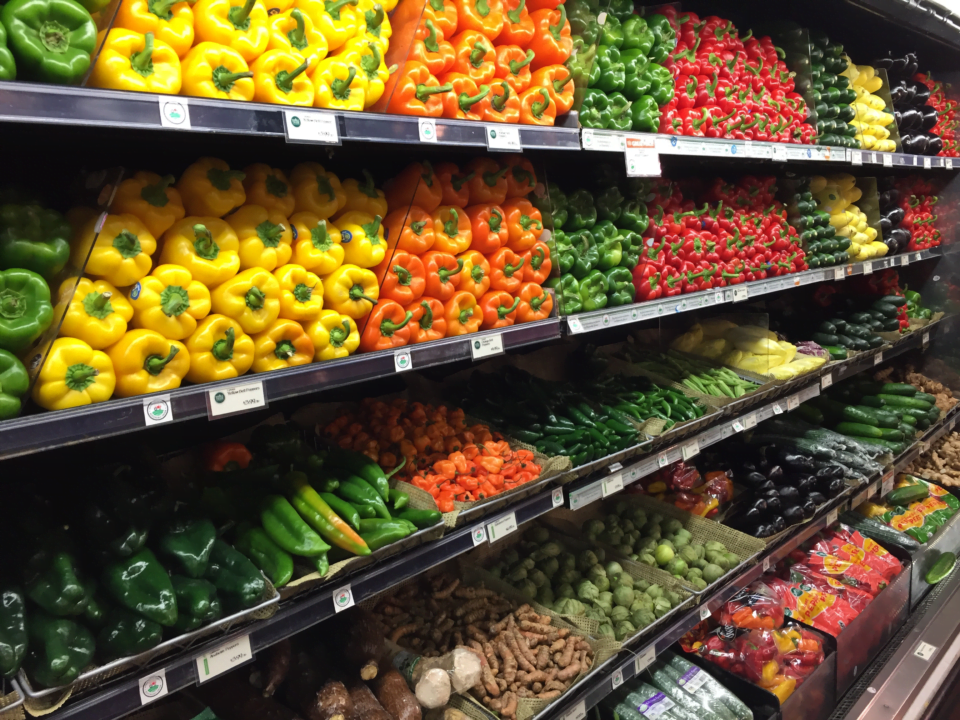A couple of days ago EastFruit analysts reported that vegetable and fruit exporters are refusing contracts to supply their products to Russia amid growing currency risks. This comes at a time when demand for these products is starting to grow rapidly.
Today, the situation for Russian importers has become critical, EastFruit informs. The ruble literally collapsed in one day, dragging down importers’ hopes of restoring regular fruit and vegetable supplies. Since the beginning of the week, the ruble has fallen by a whole 10 percentage points against the dollar, reaching a historic 114.5 rubles per dollar. The rate continues to fall rapidly as of midday Wednesday.
It is possible that the Central Bank of Russia will be forced to take urgent measures to save the banking system from collapse. These measures may include freezing deposits, imposing strict cash withdrawal limits, restricting currency exchange operations, and mandating the sale of foreign currency by businesses.
As for the fruit and vegetable trade, there is no less panic here than in the banks. Local producers, those who still have product stocks, are rubbing their hands in anticipation of a sharp price increase for their products. However, there are not many stocks in storage because the harvest was not very good, nor was the quality of the products. Therefore, the shelves are mainly filled with imported fruits and vegetables already.
Supermarkets in Russia are urgently rewriting price tags. However, the biggest problem now is for those chains that carry out direct imports. Many of them have deferred payments for delivered products, so the revenue received, when exchanged into dollars at the new rate, may not cover the costs incurred for imports. Those who buy products from local importers also face the latter’s reluctance to ship fruits and vegetables at previously agreed prices for the same reason.
Interestingly, demand for fruits and vegetables has fallen because many consumers are trying to spend rapidly depreciating rubles on household appliances, cars, and other expensive durable goods. At the same time, it is not possible to stock up on fruits and vegetables for a long time, and there is less money left for them.
Read also: Unlock the Power of Fruit & Vegetable Networks: Join These Leading Trading Groups
However, there are also problems with the supply of fruit and vegetable products. Local producers with storable products have begun to “hold back,” expecting price increases, and importers, as we mentioned earlier, have faced the cancellation of previously concluded contracts.
It is obvious that in the near future, prices for imported products in Russia will rise by an average of 15-20%, and this is only if the ruble’s devaluation stops. This will also pull up prices for local products, which will rise by at least 10-15% in the coming days.
The countries-exporters are also impacted. Turkey’s fresh produce sector is largely dependent on the Russian market. Egypt is also supplying a very large share of its produce to this risky partner. Another country, which may experience issues resulting from ruble crush is Ecuador – it ships a significant share of its bananas to Russia.
The use of the site materials is free if there is a direct and open for search engines hyperlink to a specific publication of the East-Fruit.com website.





1 comment
Without leaving Ukraine there is nothing that Russia can do now to stop the collapse